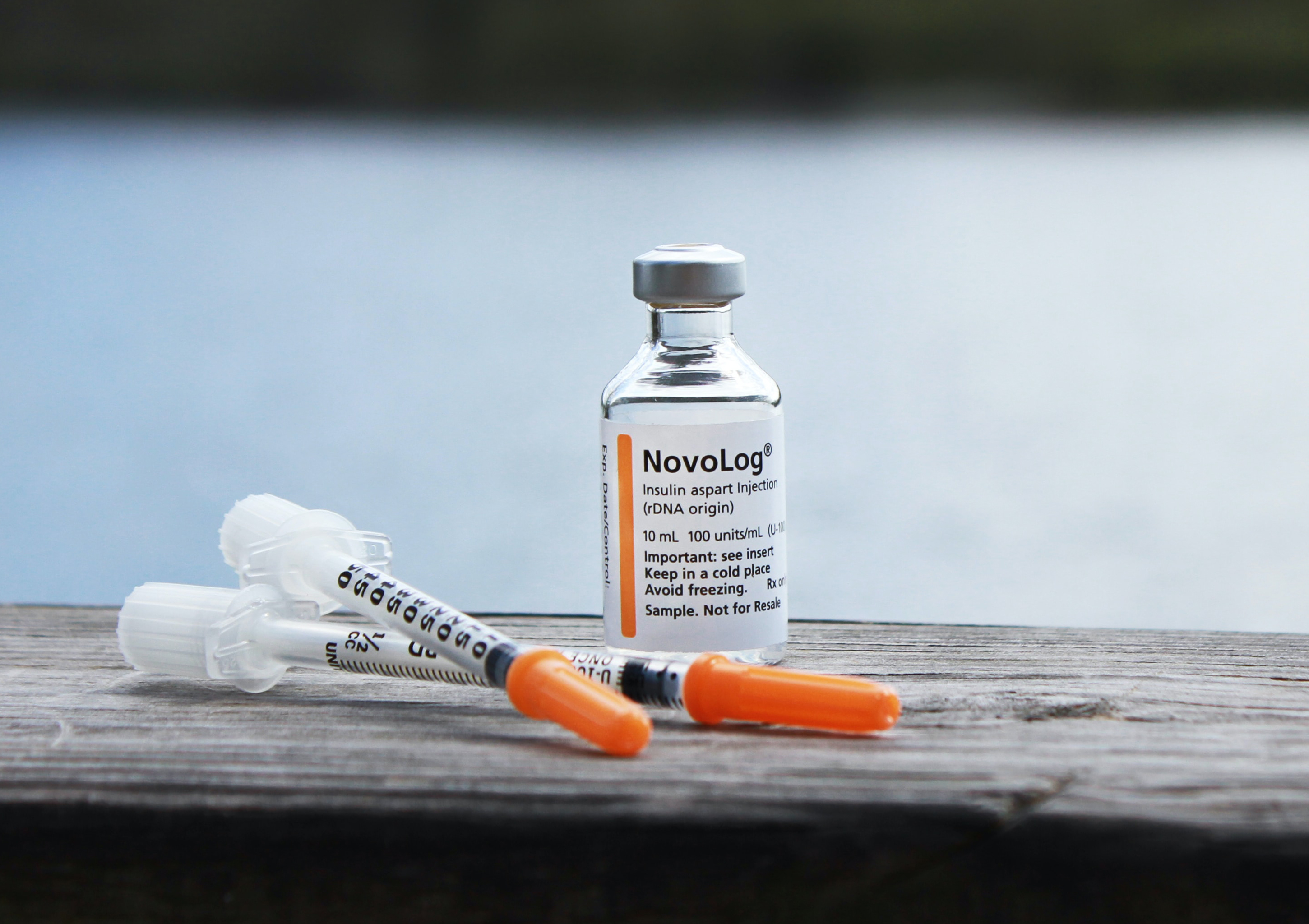 |
| Insulin treatment is typically reserved for cases of severe or poorly controlled diabetes, which may suggest a potential association between disease severity and AMD risk. Photo: Mykenzie Johnson on Unsplash. Click image to enlarge. |
The influence of diabetic retinopathy (DR) on the risk of AMD development is poorly understood. The two are distinct clinical entities and involve different anatomic structures. However, both conditions involve a common pathogenic process, potentially driven by inflammation. Researchers in South Korea have decided to investigate the association of unique traits of diabetes, including duration, treatment modality and comorbid DR with the risk of wet AMD development in patients with diabetes using a nationwide population-based cohort. Their findings, published in Investigative Ophthalmology and Visual Science, have suggested that longer duration of diabetes, administration of insulin for diabetes control and comorbid vision-threatening DR were associated with an increased likelihood of developing wet AMD.
A total of almost 1.8 million people with diabetes over the age of 50 participated in the Korean National Health Screening Program within a four-year period. During an average follow-up period of 5.93 years, 7,331 patients were newly diagnosed with wet AMD.
Compared with those who had diabetes for less than five years, individuals with diabetes for five years or more had a greater risk of future wet AMD development, with a hazard ratio of 1.13 in the researchers’ fully adjusted model. Use of insulin for diabetes control and the presence of vision-threatening DR were also associated with an increased risk of wet AMD with a hazard of 1.16 and 1.40, respectively.
“In light of our study results, presence of vision-threatening DR might have been a marker for increased levels of pro-inflammatory cytokines that are involved in pathogenesis of both DR and exudative AMD,” the researchers wrote in their paper. “Subgroup analyses suggest that insulin usage and presence of vision-threatening DR were stronger markers of risk of exudative AMD in younger (<65 years old) individuals.”
They noted that the influence of diabetes may be relatively less in older age groups because the influence of age on AMD might be greater in older individuals over 65 years of age.
The research team surmised that “prolonged diabetes duration and more severe disease may lead to greater damage to the outer retina due to inflammation and hypoxia, as well as increased VEGF production, thereby increasing susceptibility to wet AMD.”
Hwang S, Kang SW, Kim SJ, Lee KN, Han K, Lim DH. Diabetes-related risk factors for exudative age-related macular degeneration: a nationwide cohort study of a diabetic population. Invest Ophthalmol Vis Sci. 2023;64(10):10. |

